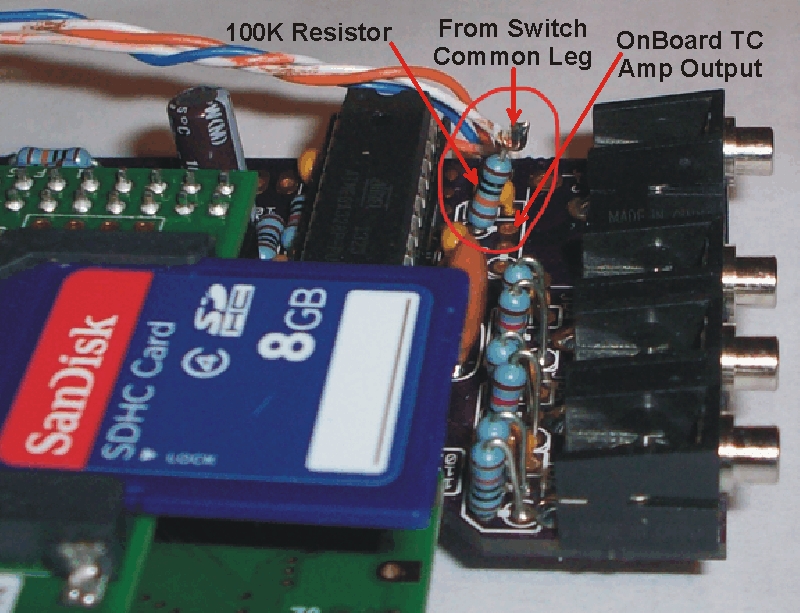John Bostwick
TVWBB Wizard
One side note, I have noticed when you lift that resistor if you do not connect an external TC amp to that resistor (or have one connected that is not powered) the HM will initially look like a TC is connected, but the reported temp will rise and rise at a fairly rapid rate up to about 1000F and then will report "No Pit Probe". As soon as you connect a TC amp (or power the amp that is connected) the TC will start to register properly.
I also get that but the temp goes up to about 350. I ordered an Adafruit breakout board to try. Since, I suspect my soldering of the TC board may be the problem. I will play with it some more


